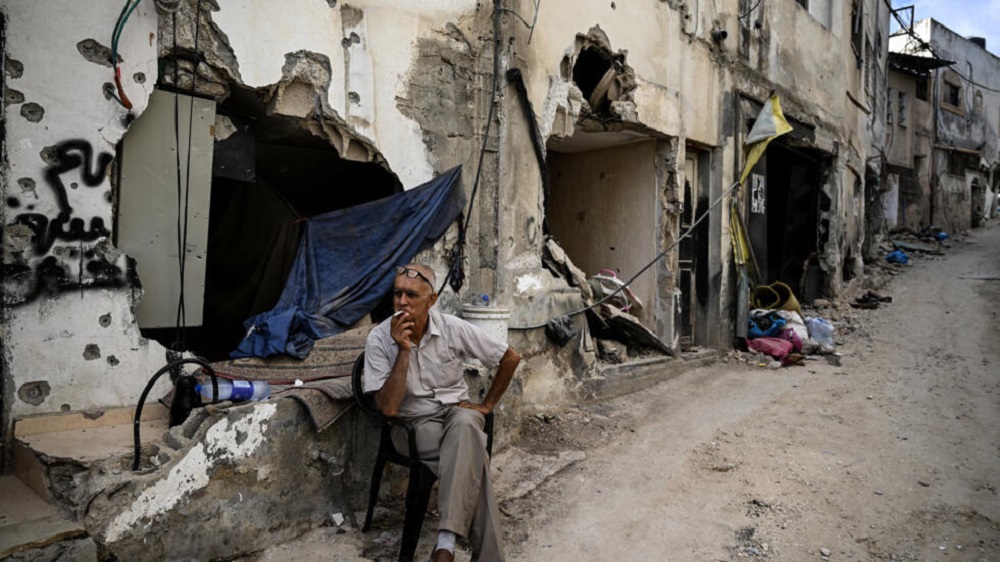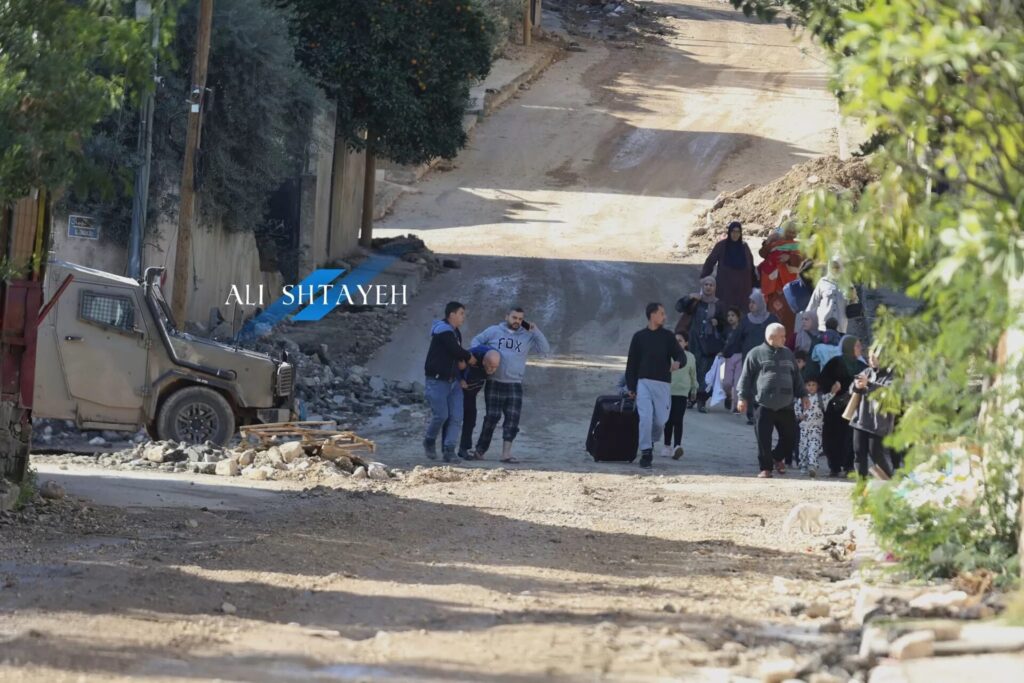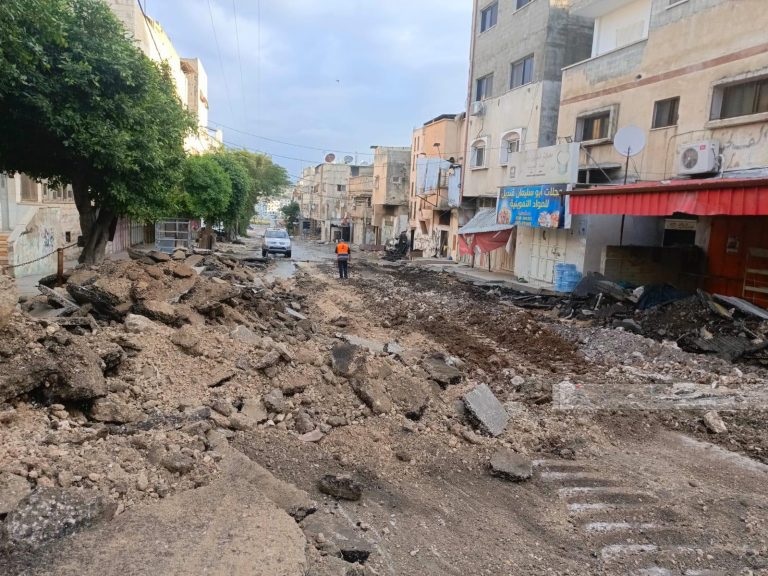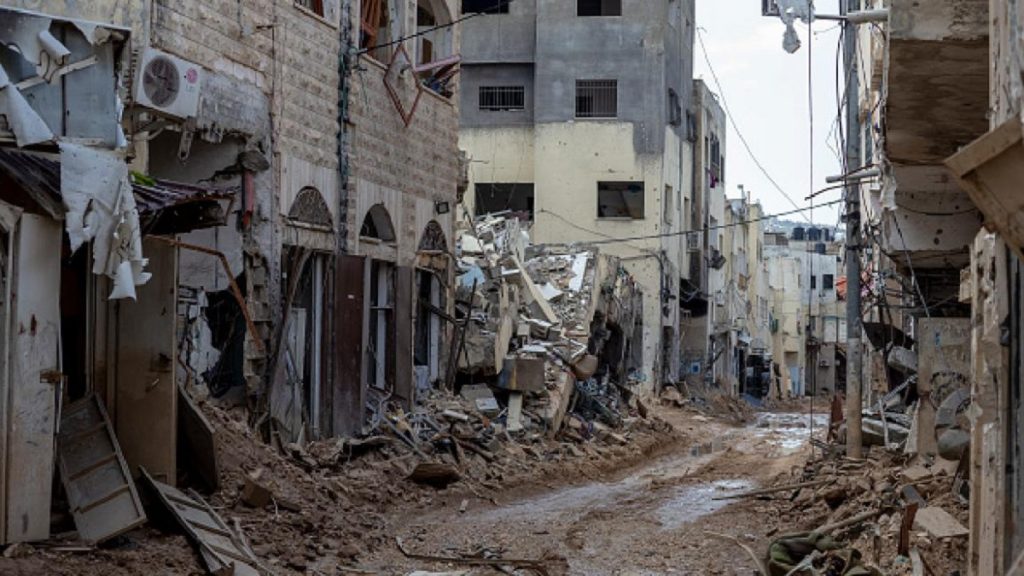Israel’s Plan to Dismantle West Bank Refugee Camps Unveiled
Mass demolitions in Jenin, Tulkarm, and Nur Shams signal a broader strategy to erase refugee camps and reshape the occupied West Bank under military control.

Watan-Alongside the ongoing Israeli aggression in the occupied West Bank—particularly targeting the refugee camps of Jenin, Tulkarm, and Nur Shams—the Israeli military’s Central Command is planning to reshape the reality in the West Bank by destroying all refugee camps.
This is modeled after the widespread destruction already inflicted on the three mentioned camps, under the pretext of maintaining military freedom of movement inside the camps and enforcing a type of “stability.” At the same time, the Israeli army is waging a battle over public perception, aiming to erase the concept of “refugee” from the Palestinian narrative.
Following an intensive phase of bombing, incursions, raids, and various attacks, in what the Israeli military calls “Operation Iron Wall,” the focus of the military campaign has now shifted to engineering and infrastructure in the Jenin, Tulkarm, and Nur Shams camps. This includes ongoing home demolitions and road destruction to facilitate the entry and exit of military vehicles. The Israeli army claims many homes were used by Palestinian resistance fighters as command centers or labs for making explosive devices, which have killed ten Israeli soldiers since the war began.

Jenin Camp Leveled to Secure Military Control
According to a report by Yedioth Ahronoth on Wednesday, the army has so far demolished 200 homes in Jenin camp and cleared (i.e., destroyed) five kilometers of roads and surrounding infrastructure to widen them for military vehicles. The Central Command claims that the camp, which spans 800 meters by 800 meters, is a large area, but that “militants” deliberately fortified it by building densely, narrowing roads to fit only small vehicles, and placing barriers at entrances and exits to hinder the army’s movement.
These measures, they say, helped reinforce resistance capabilities inside the camp. But after the demolitions, the camp’s landscape has changed, most residents have fled, and the Israeli army has deployed a battalion around it to prevent fighters from returning.
The Israeli army reportedly intends to prevent Palestinians from rebuilding in the demolished areas—no homes, no roads—thus maintaining its ability to maneuver quickly and effectively within the camps. A senior security official claimed that “every house demolished is approved by leadership and legal consultation.”

Military Reshaping of Camps Aims to Erase Refugee Identity
Yedioth Ahronoth described the operations as highly unusual—perhaps even unprecedented—as the army is attempting to transform the camp structurally into just another neighborhood in the city. A similar, though smaller, assault was also carried out in Nur Shams camp, where about 30 houses were demolished and 500 meters of roads were opened.
In Tulkarm camp, 15 homes were destroyed and a 200-meter road was opened into the camp’s center. The goal in each location is to expand the area enough to allow military and engineering units to operate when needed. The newspaper also noted that these operations serve a psychological purpose: to erase the concept of the “refugee camp,” which the Israeli military believes preserves the refugee narrative and garners international support for Palestinians.
The paper also reported that the Israeli army’s Central Command has, in recent weeks, been discussing similar plans for all 18 refugee camps in the occupied West Bank. Although there are no current intentions to implement them immediately, the plans are ready for activation “if any camp behaves similarly to Jenin.”

West Bank Locked Down with New Security Measures
In parallel with the changes in the refugee camps, the Central Command is enhancing engineering tools and attempting to overhaul the security systems in the West Bank. This includes sweeping roads used jointly by Palestinians and settlers, setting up gates and checkpoints at certain access points to help isolate areas during resistance pursuits.
Additionally, the army has isolated the Jordan Valley from a group of surrounding villages—Tayasir, Al-Far’a, and Tubas—as a lesson learned from previous attacks. The army has created a “buffer zone” around the Jordan Valley to better control movement both in normal times and in emergencies.






